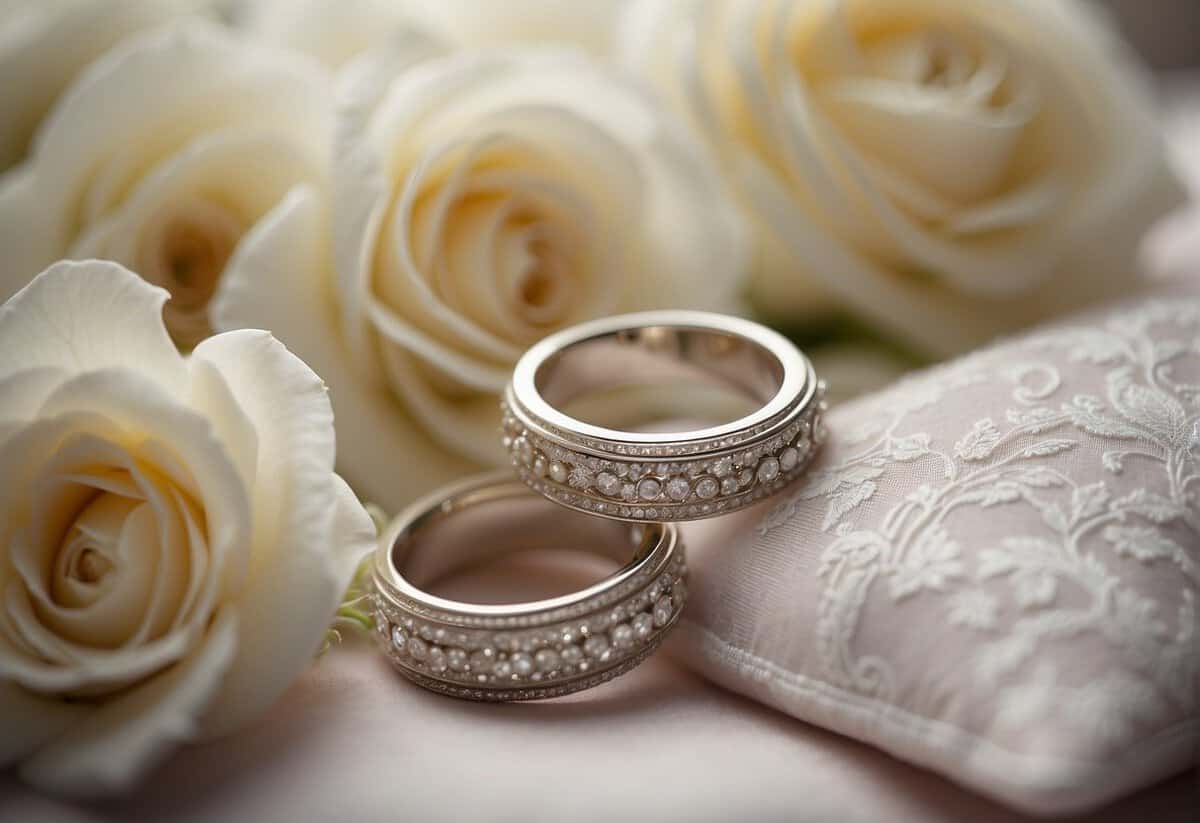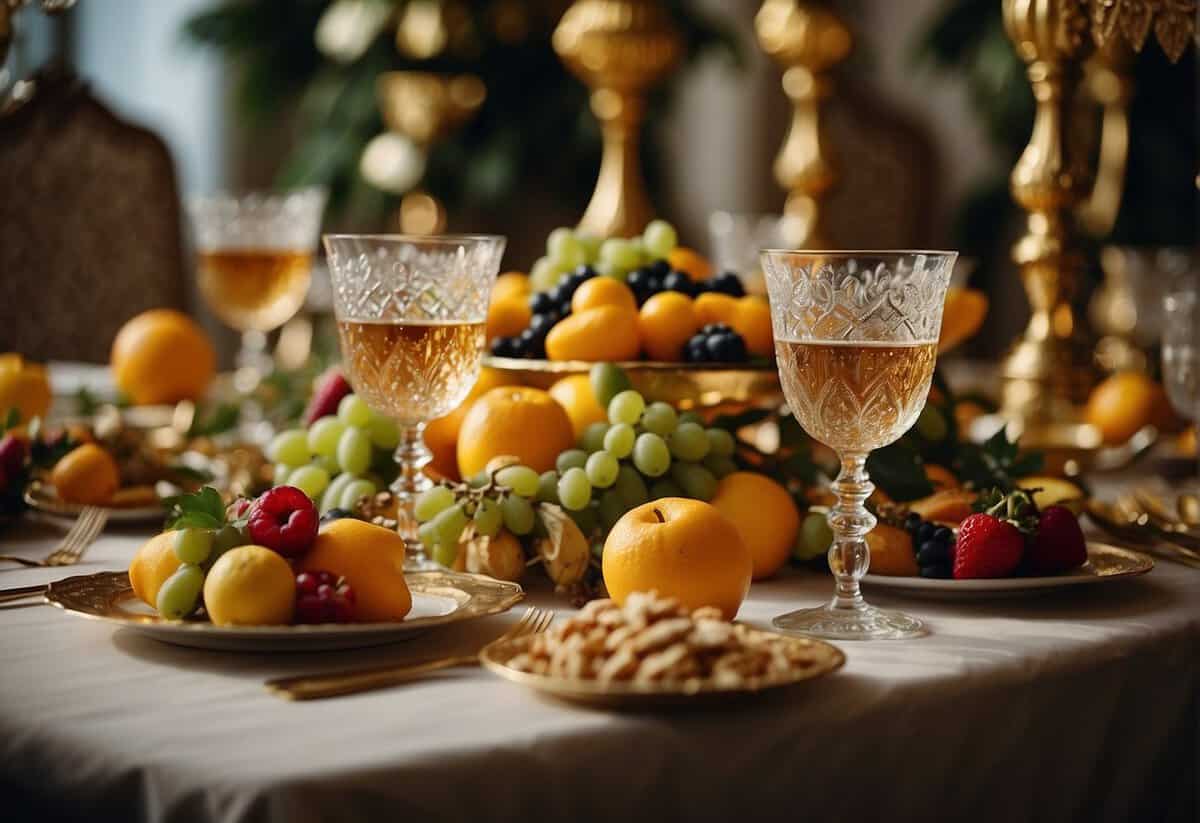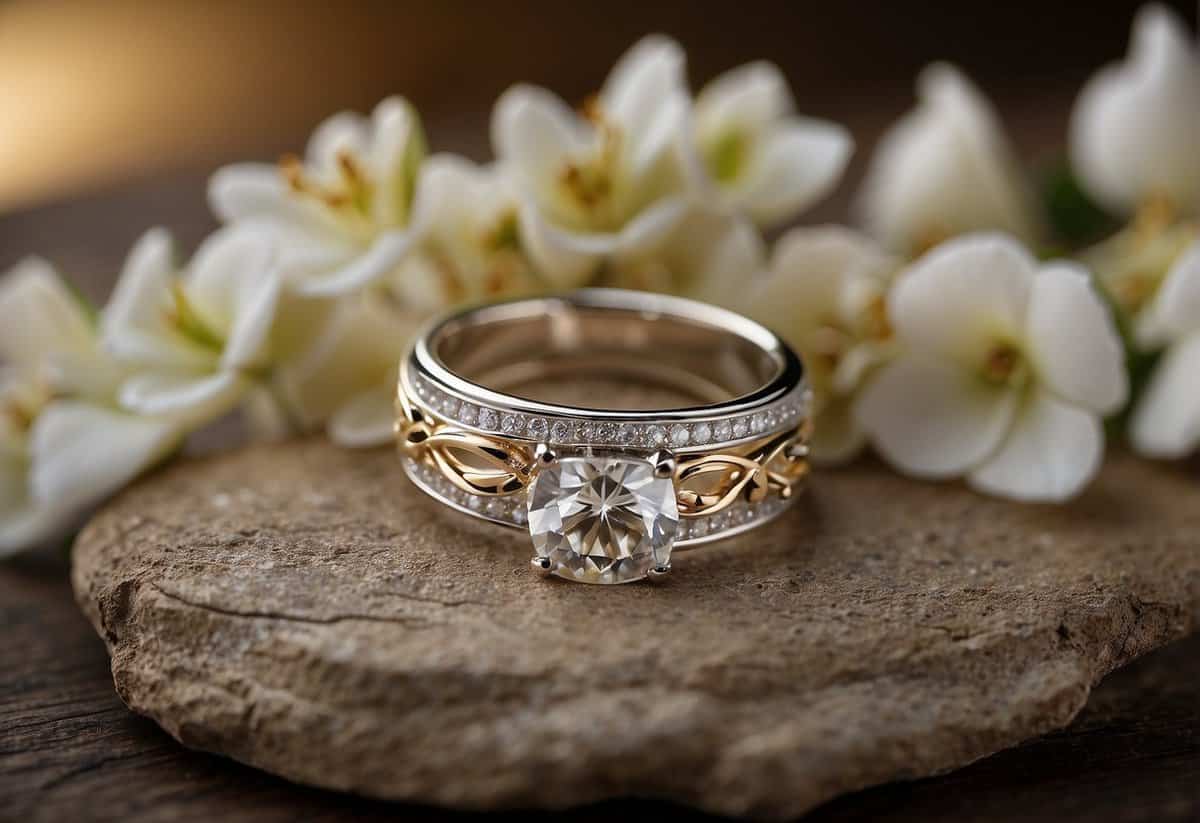What Does a Wedding Symbolize? Understanding the Deep Meanings Behind the Ceremony
Weddings are a rich tapestry of traditions and symbols that span various cultures, carrying deep meanings and representing the essence of a lifelong partnership. Each element, from the exchanging of rings to the classic white dress, carries symbolic weight that contributes to the overall meaning of the ceremony. In many cultures, a wedding is not merely a legal or social union but also a spiritual or religious one, where two individuals unite to form a singular force facing life’s journey together.

Throughout history, these ceremonies have evolved, but the core symbolism often remains unchanged. The traditional elements we see today are steeped in cultural significance that represents love, commitment, and the hope of prosperity. Understanding these symbols can enrich one’s appreciation for the wedding ritual, providing insight into the ceremony’s capacity to weave together the personal and the universal, the intimate, and the communal.
Key Takeaways
- A wedding symbolizes a committed partnership and a unity that transcends the individual.
- Traditional elements hold cultural significance, signaling love and life’s journey.
- Recognizing these symbols can deepen one’s understanding of the ritual’s importance.
Symbolic Meanings of Wedding Traditions

Wedding traditions carry rich symbolic meanings reinforcing the values of love, commitment, and unity. These enduring symbols are deeply woven into the ceremonies and capture the essence of a marriage.
Exchange of Wedding Rings
Tradition: Exchanging wedding rings is a symbol of unending love and fidelity between partners. This age-old tradition underscores your commitment to one another in an everlasting bond.
Meaning: The ring, a circle with no beginning or end, represents infinity and eternal love. By placing the wedding bands on the fourth finger of the left hand, it’s believed you’re connecting with the vena amoris, which was once thought to be a vein that led directly to the heart. Your exchange is a pledge to share all that you are and all that you will become with each other.
Wedding Attire
Wedding Dress:
- Symbolism: The wedding dress, particularly a white gown, symbolizes purity and chastity. It’s a nod to a tradition popularized by Queen Victoria, who chose to wear a white dress at her wedding.
- Functionality: Aside from tradition, your wedding dress reflects your personal style and significance on this monumental day.
Garter:
- Tradition: The garter symbolizes good luck and was historically considered a token of the bride’s chastity. Today, the tossing of the garter signifies the passage from single to married life.
Floral Symbolism
Bouquet:
- Meaning: Carrying a bouquet down the aisle dates back to ancient times, meant to signify good luck and ward off evil spirits. Now, it’s a beautiful emblem of love and fertility.
Floral Choices:
- Roses: Stand for love, with different colors expressing unique emotions—red for deep affection, and white for innocence.
- Other Flowers: Each type of flower you choose can contribute additional layers of meaning to your wedding day.
Ceremonial Significance

In the journey of marriage, ceremonial moments play a pivotal role, with each symbol and ritual reaffirming the bond of unity and the gravity of the vows made. Let’s uncover the deeper layers behind these timeless traditions.
Vows and Promises
You stand before your partner, and together you engage in an age-old practice of reciting vows. These are solemn promises where you commit to a lifetime of support, love, and trust. The very act symbolizes a mutual agreement, a binding contract not just legally, but emotionally and spiritually. These vows may invoke God as a witness and for spiritual guidance, underscoring a dimension of divine accountability to the words you share.
Ceremonial Rites
A key element in most wedding ceremonies is the exchanging of wedding rings. It’s a physical demonstration of the promises you’ve just spoken, circles of metal representing an eternal, unbreakable bond, just as you hope your union will be. Children, too, can be symbolized here, as inheritors of the marital legacy.
Wedding traditions might offer a tapestry of ceremonial rites, from the betrothal to the final pronouncement of union. Each step is designed to reflect a passage into a new phase of unity and faithfulness. In these rites, wedding rings are often accompanied by other symbolic gestures, such as the lighting of a unity candle or handfasting, each steeped in tradition and echoing a commitment to a shared future.
As you move through these rites, you partake in a rhythm that has pulsed through countless generations, binding you not just to your partner, but to the very institution of marriage itself.
Historical Perspectives on Wedding Elements

In this section, you’ll explore how some key wedding elements have evolved over time, carrying rich symbolism and echoing the customs of bygone eras.
Rings Through the Ages
Wedding rings have adorned the fingers of lovers since ancient Egypt, where they were symbols of eternity due to the circle’s endless nature. Ancient Romans later adopted this tradition, often using iron rings to signify strength and permanence in marriage. As time progressed, the Middle Ages saw the inclusion of gems, with sapphire in engagement rings representing innocence and diamonds signifying eternal love. The use of different metals like silver, platinum, and gold also became popular to reflect social status and personal taste.
Evolution of Wedding Garments
The journey of wedding attire through history reflects changing norms and values, beginning notably with the Renaissance, when marrying in color was common, and each hue held different meanings. By the Victorian era, the white wedding gown emerged as a symbol of purity and innocence, a trend popularized by Queen Victoria. Over time, these garments have become more than just dresses; they are a personal statement, intricately linked to individuality and the onset of a new life chapter. Today, while many brides still opt for white, others choose to incorporate sapphires, diamonds, or colorful stitching to bring both contemporary style and traditional symbolism into their ensembles.
Symbolic Representations of Wealth and Prosperity

In weddings, symbols of wealth and prosperity often manifest in the form of precious materials and motifs representing fertility, signaling not only an intention for financial well-being but also a wish for a rich and fruitful union.
Precious Metals and Stones
Your wedding bands are not just jewelry; they embody an eternal commitment. Gold is the most traditional metal, highly valued for its rarity and luster, symbolizing not only wealth but also the permanence of your relationship. The incorporation of gemstones, such as diamonds or sapphires, adds a personal touch to these symbols, with diamonds often being viewed as the ultimate representation of enduring love, and sapphires signifying loyalty and sincerity.
Symbols of Fertility and Abundance
The symbols go beyond mere material wealth to represent a deeper wish for fertility and new life. This is where motifs like the infinity symbol often come into play, symbolizing limitless love and possibilities. Imagery and items representing abundance, like overflowing baskets of fruit or grain, are common features at weddings, reflecting a hope for a plentiful shared life.
Frequently Asked Questions

In this section, you’ll find answers to common curiosities regarding the symbols that often appear in wedding ceremonies and their diverse meanings across cultures and traditions.
What are the common symbols found in a wedding ceremony?
Weddings feature symbols like the exchange of rings, signifying commitment, and the white wedding dress, which represents purity. Other elements like flowers and unity candles also carry significant symbolism related to beauty, life, and the joining of two individuals.
How do different cultures interpret the symbolism of weddings?
Cultural interpretations of wedding symbolism are varied, with some regarding the ceremony as a binding legal contract, while others see it as an indissoluble spiritual union. In some traditions, wedding rituals and symbols are heavily intertwined with notions of fertility and prosperity.
What does unity symbolize in the context of a marriage ceremony?
Unity in a marriage ceremony is often symbolized by the joining of hands, or the lighting of a unity candle. This act represents the merging of two separate lives into one shared path, and the intertwined futures of the marrying individuals.
In Christian tradition, what do weddings represent?
In Christian tradition, weddings often represent the covenant between the couple and God. The ceremony is seen as a sacred bond that mirrors the relationship between Christ and the Church, imbued with values of love, honor, and faithfulness.
How is the concept of love and marriage represented through wedding symbolism?
The concept of love and marriage is represented through symbols such as the wedding rings, which signify eternal love with no beginning or end, and the veil, which can symbolize protection and the unveiling of one to another in trust and affection.
What is the spiritual significance of a marriage ceremony?
The spiritual significance of a marriage ceremony can be profound, often symbolizing a journey of growth and the uniting of souls. Many believe that marriage elevates the individual’s spiritual journey, enhancing it with the power of partnership and the sharing of life’s trials and joys.
